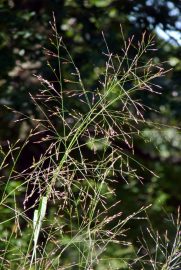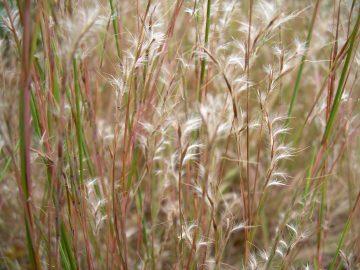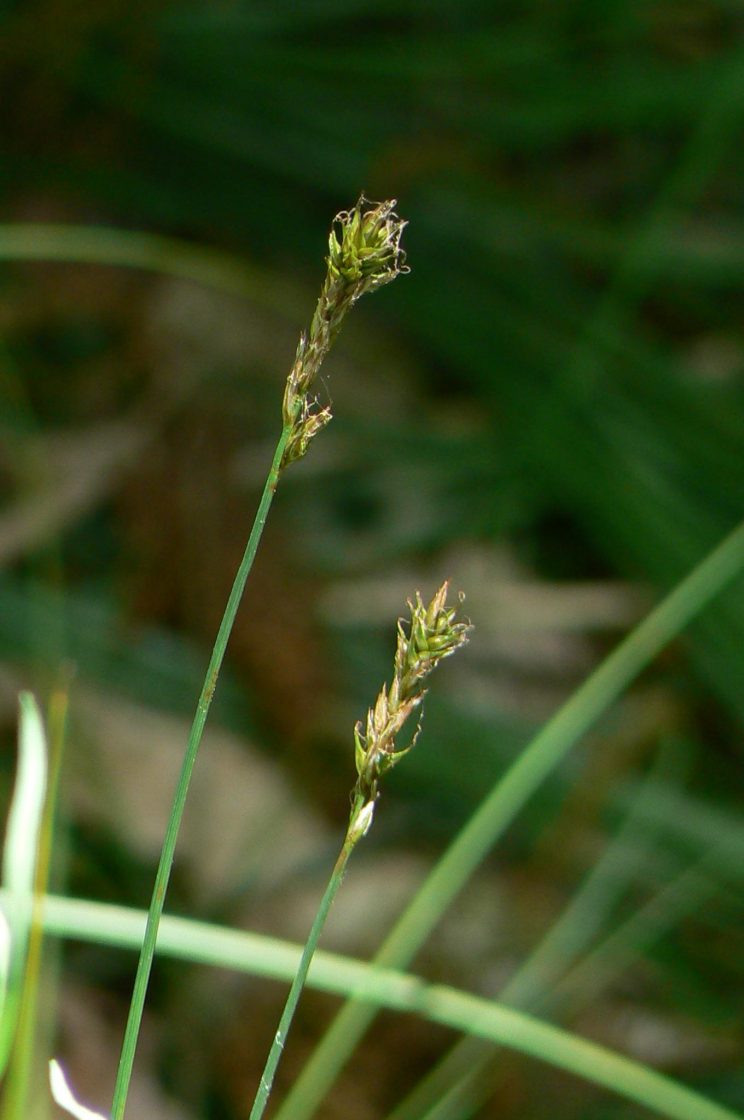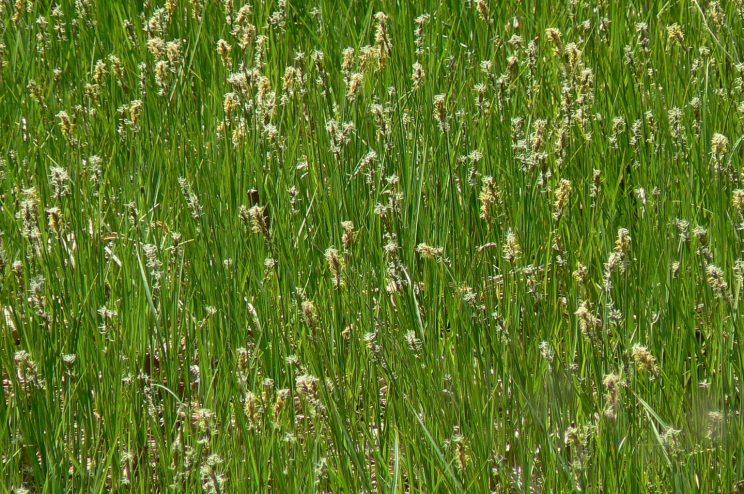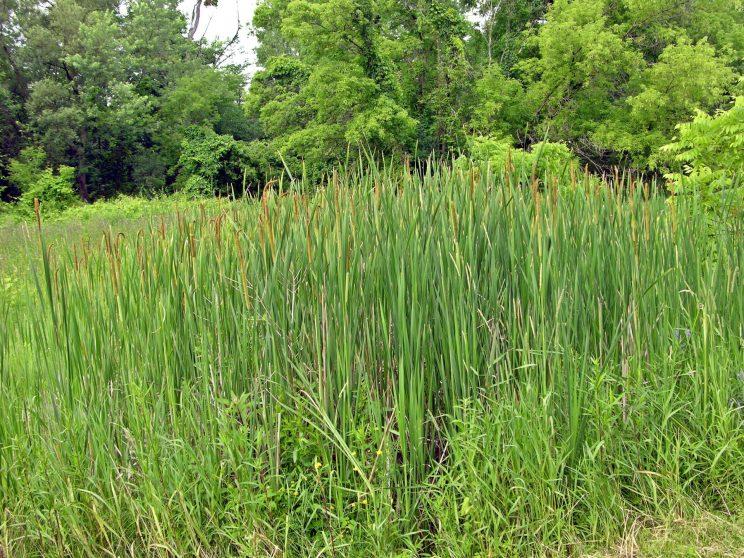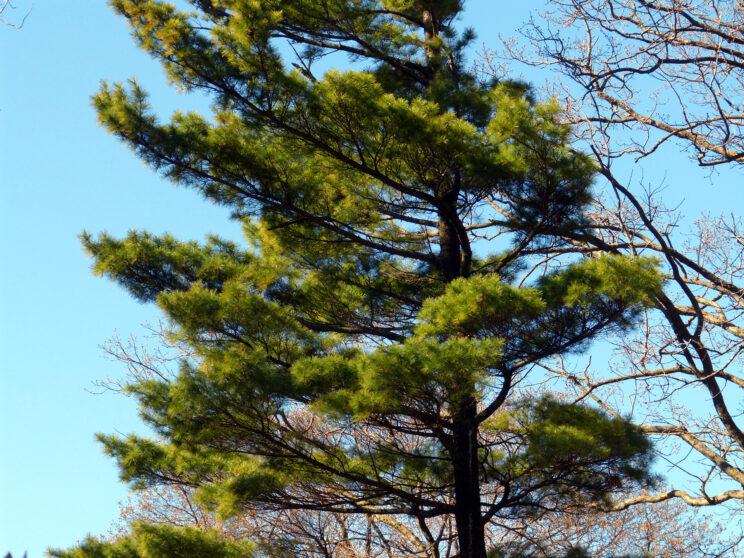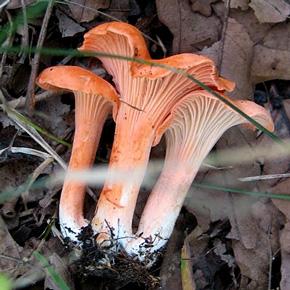by Barbi Lazarus
When people think of the pre-European settlement landscape of Ontario, they often think of forests. However, historical records show that a significant portion of Southern Ontario was actually prairie and savannah habitats. This is a little known secret because so much of these landscapes were transformed into agriculture.
The fertile soils and the ease at which prairies could be cleared compared to heavily forested areas made them prime candidates for farming and settlement.
Prairie Grasses
Prairie grasses have extensive root systems which help them survive drought. In addition to storing carbon dioxide (CO2) in their roots, these species are also provide critical habitat for a number of rare bird and butterfly species, which have had their habitats mostly destroyed in Ontario.
Did you know that 65% of the biomass of tallgrass species is actually in their underground roots?
Read on to find out more about four of the most common tallgrass prairie species found in High Park.
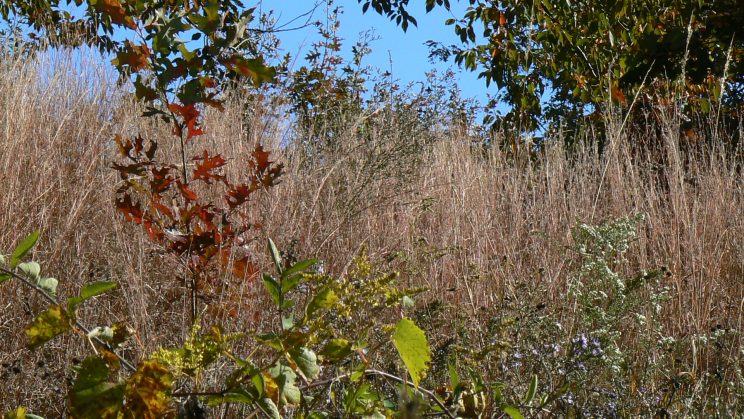
Big Bluestem (Andropogen gerardii)
This is one of the most dominant grasses in typical Ontario prairies. It is also called “Turkey Foot”, because of the similarity that its triple spiked ends have to, you guessed it, a turkey’s foot. This grass, which can be found in both wet and dry prairies, can grow higher than three metres! It’s leaves are dull and long, and it turns shades of red, brown and deep purple.
Little Bluestem (Schizachyrium scoparium)
This is a shorter grass in prairie terms, growing just to a height of 1.3 metres usually. In contract to Big Bluestem, it only exists on drier sites. It can be recognized by its feathery look, which gives it its Latin name (scoparium means broom). Watch for it to turn a mixture of tan, brown and wine-red in late summer and fall.
Indian Grass (Sorghastrum nutans)
Like Big Bluestem, Indian Grass is often widespread and dominant in prairie communities, and can grow in both wet or dry sites. Another similarity to Big Bluestem is its massive height, up to 2.5 metres. It flowers in late summer and early fall, and when mature, is a beautiful gold.
Canada Wild Rye (Elymus Canadensis)
This is a tallgrass prairie species; a native perennial which grows in bunches 2 to 6 feet tall. The gold/brown coloured grass has a long plumed head often bending with its weight, with coarse thick bristles that curve outwards. Canada wild rye grows over most of the North American continent, except the extreme southern and eastern regions. It acts as a native nurse crop, growing on disturbed sites, but not competing with other species, and provides erosion control. Birds and small mammals use it for seed and forage and as cover.
Wildlife and humans both appreciate the flavour and nutritious benefits of Canada wild rye, as rye can be used in rye whiskey, bourbon or vodka - or even bread.
Switch Grass (Panicum virgatum)
adapted from an article by Jane Schmidt
Switch Grass (also known as Panic Grass) - along with Big Bluestem, Little Bluestem and Indian Grass - is one of the "big four" prairie grasses. It produces a large biomass, and unlike corn it does not need to planted every year. That's why this plant is being investigated for its potential as a renewable energy source!
Switch Grass grows up to 2 m high and stays upright through the winter. From July to September, masses of the distinctive open lacy seed heads appear like a haze.
There is no historical record of this species occurring in the park. It grows naturally on the Toronto Islands where the sandy soils are less acidic. Switch Grass has been planted in High Park as an example of a tallgrass species.
Prairie Sedges
adapted from an article by Jane Schmidt
Pennsylvania Sedge (Carex pensylvanica)
This plant is the dominant ground cover of the oak savannah, growing to form a plush mat. The shadier the site, the lusher it becomes and the more it spreads. Also known as "Early Sedge", this "cool season" plant is one of the first to sprout green in the spring. Rising above the foliage, the rusty-coloured flowers bloom in April.
Hay Sedge (Carex siccata)
Hay Sedge shares Pennsylvia's fondness for drier conditions but prefers the less shady, open areas of the Black Oak Savannah where it dominates in large stands. It blooms in May and has long, narrow hair-like leaves.



